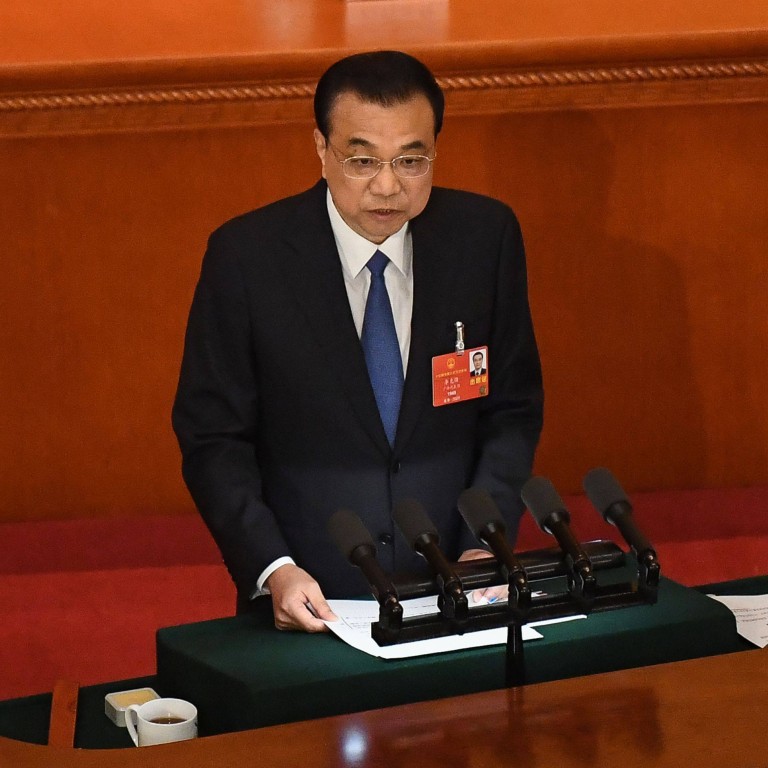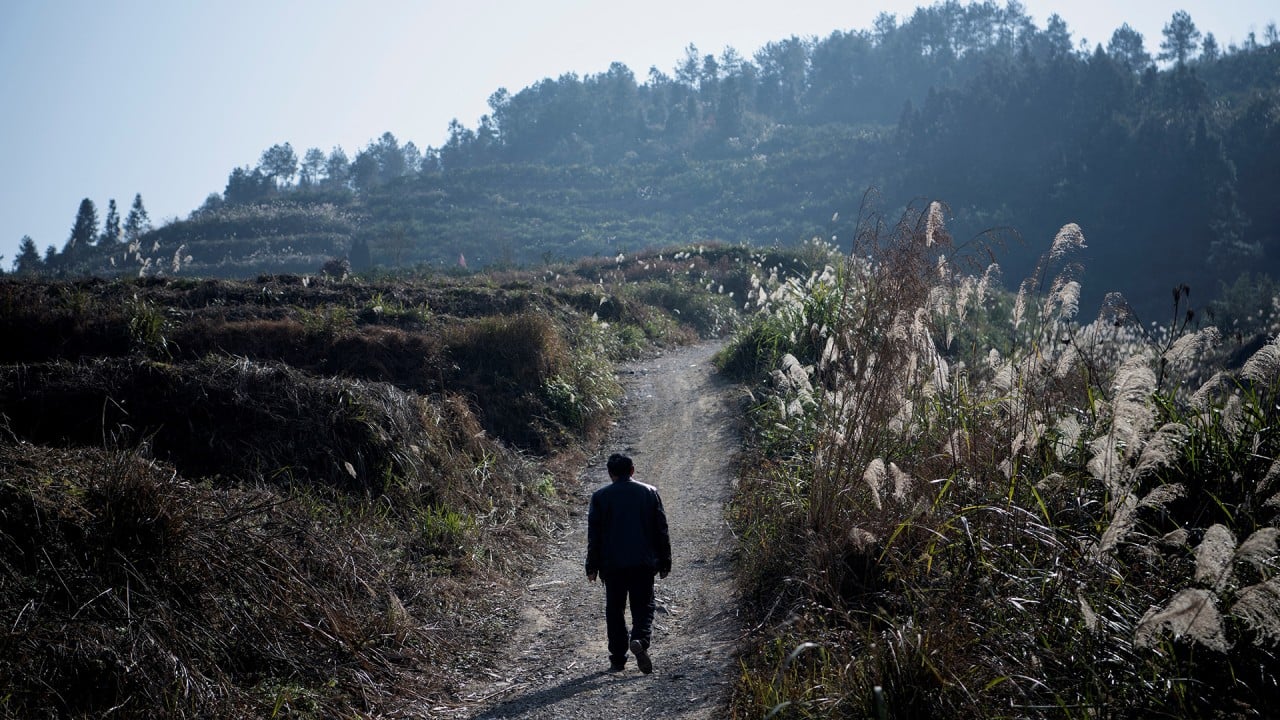
China’s ‘two sessions’: how Beijing is moving past GDP targets and towards social balance
- While Premier Li Keqiang may still mention hard economic targets in his annual work report, the market needs to see that policy dynamics are shifting
- To pursue its ‘dual circulation’ strategy in the coming years, China needs a bigger consumer base as it looks to reduce income inequality
However, both investors and policymakers have gradually realised that while the rigid economic targets provide clear guidance, many other issues may be overlooked, which could then be harmful to all of society.
The Gini coefficient is widely used to gauge income equality. For China, data suggests that the Gini coefficient started rising as far back as the early 1980s, reflecting an increase in income disparity.
In recent years, although China’s Gini coefficient has shown signs of levelling off – it stood at 0.465 in 2019, down from a peak of 0.491 in 2008 – the National Bureau of Statistics is still concerned that a number in the range of 0.4 to 0.5 reflects an income gap that is too large.
‘Two sessions’ 2021: five things you need to know about China’s biggest political gatherings
For Chinese policymakers, all these warning signals suggest that they not only need to chase decent economic growth, but also have to redress the balance between the rich and poor. Hence, Xi’s emphasis on poverty reduction ahead of the NPC meetings.
This probably explains Beijing’s efforts to contain asset bubbles in the economy, as wealthy families would have been benefiting more from rapidly rising asset prices. The fact is that poor households have much less money to make investments with high thresholds.
China saw number of ultra-wealthy individuals rise the fastest globally in 2020
Concerns about policy tightening have already weighed on stock market sentiment. China’s onshore stock market experienced volatile sessions in February, with the benchmark CSI index falling almost 10 per cent within the month. In the meantime, onshore bond yields have been on the rise, suggesting that the market expects the People’s Bank of China to become increasingly hawkish in the foreseeable future.
Therefore, if we carefully calibrate what Chinese policymakers have been doing, there seems to be a clear bias towards rebalancing China’s economic structure. With all the effort, Beijing is also looking to reduce income inequality to achieve more sustainable growth in the long term.
On the one hand, China is seeking to support the manufacturing sector to help low-income groups; on the other, Beijing is limiting the credit access of wealthy families and asking commercial banks to expand balance sheets and lend to small and private companies.
All told, while Premier Li Keqiang may still mention some hard economic targets in his annual work report this week, the market might need to read between the lines to understand that policy dynamics are shifting in Beijing. Just keep in mind that it means a lot for China to have a broader base of consumers and a stronger manufacturing sector.
Hao Zhou is senior emerging markets economist at Commerzbank


